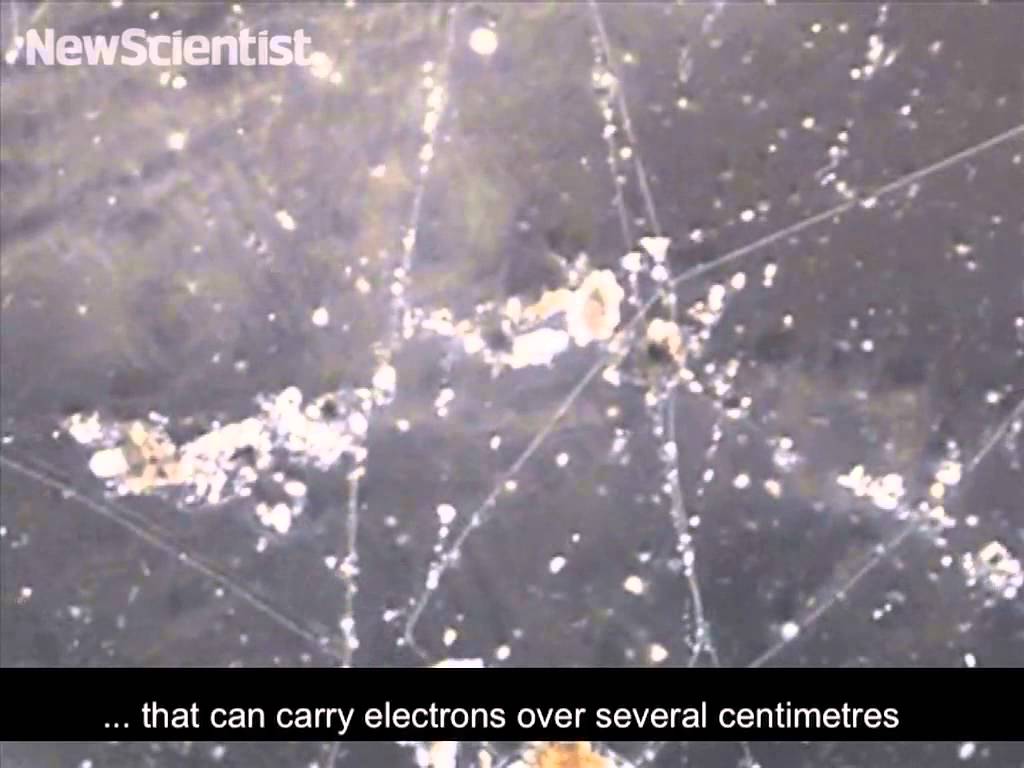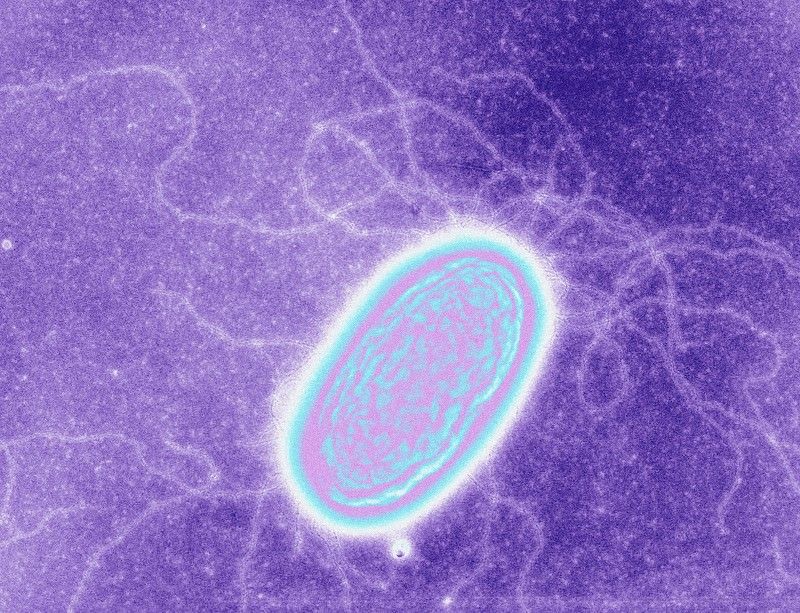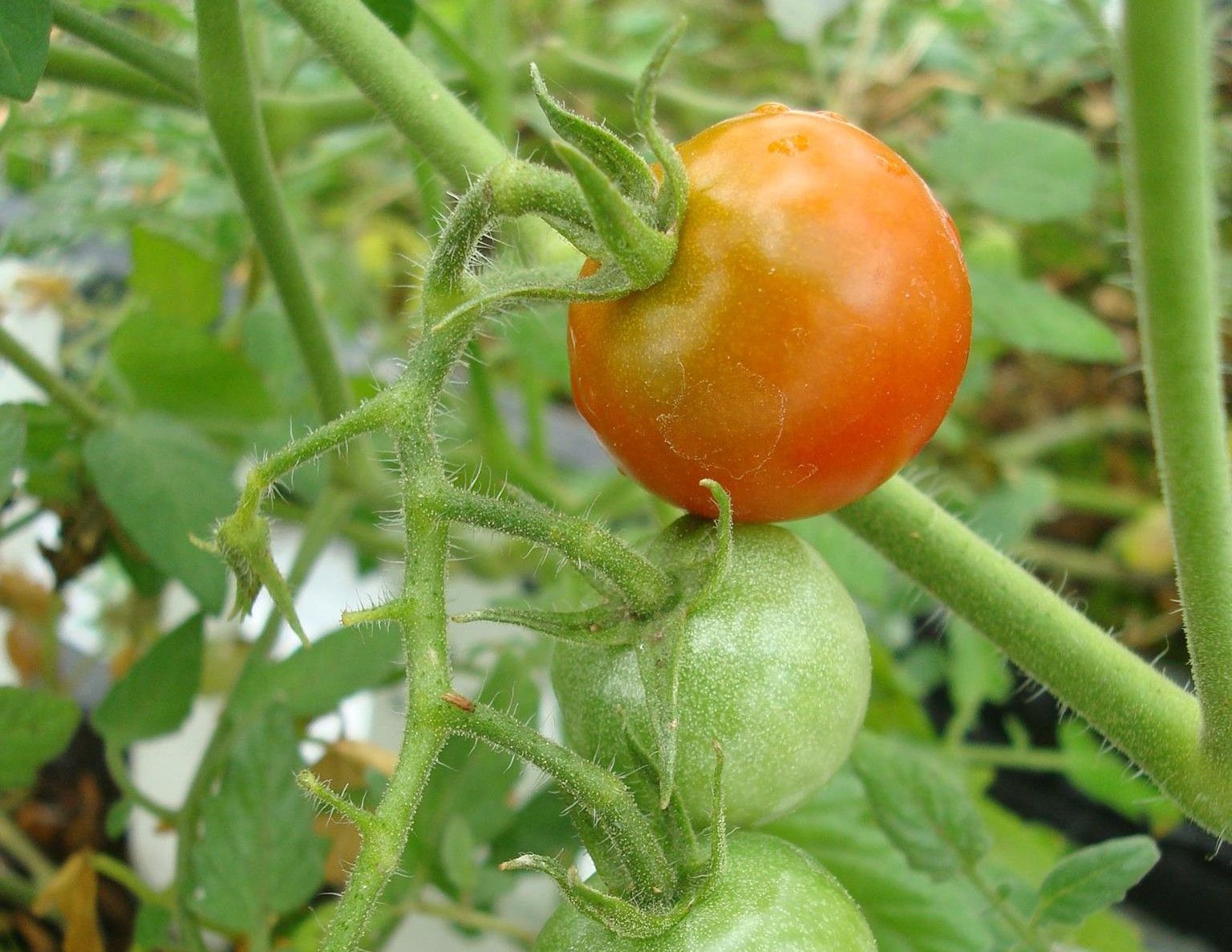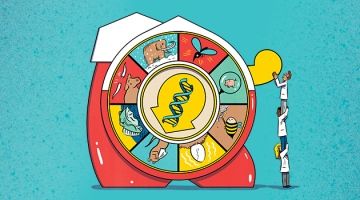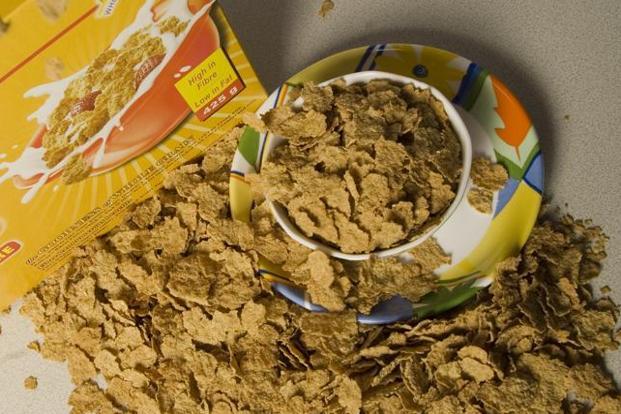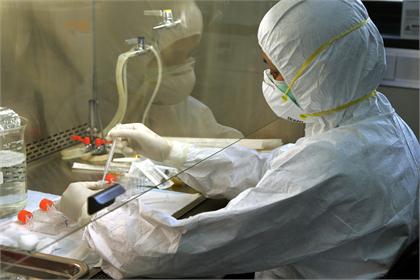Mar 16, 2016
DOE’s ARPA-E TERRA projects seek to accelerate sustainable energy crop development
Posted by Karen Hurst in categories: energy, engineering, food, genetics, information science, robotics/AI, sustainability, transportation
ARPA-E creating sustainable energy crops for the production of renewable transportation fuels from biomass.
In Washington, the DOE’s ARPA-E TERRA projects seek to accelerate the development of sustainable energy crops for the production of renewable transportation fuels from biomass. To accomplish this, the projects uniquely integrate agriculture, information technology, and engineering communities to design and apply new tools for the development of improved varieties of energy sorghum. The TERRA project teams will create novel platforms to enhance methods for crop phenotyping (identifying and measuring the physical characteristics of plants) which are currently time-intensive and imprecise.
The new approaches will include automated methods for observing and recording characteristics of plants and advanced algorithms for analyzing data and predicting plant growth potential. The projects will also produce a large public database of sorghum genotypes, enabling the greater community of plant physiologists,
Bioinformaticians and geneticists to generate breakthroughs beyond TERRA. These innovations will accelerate the annual yield gains of traditional plant breeding and support the discovery of new crop traits that improve water productivity and nutrient use efficiency needed to improve the sustainability of bioenergy crops.

